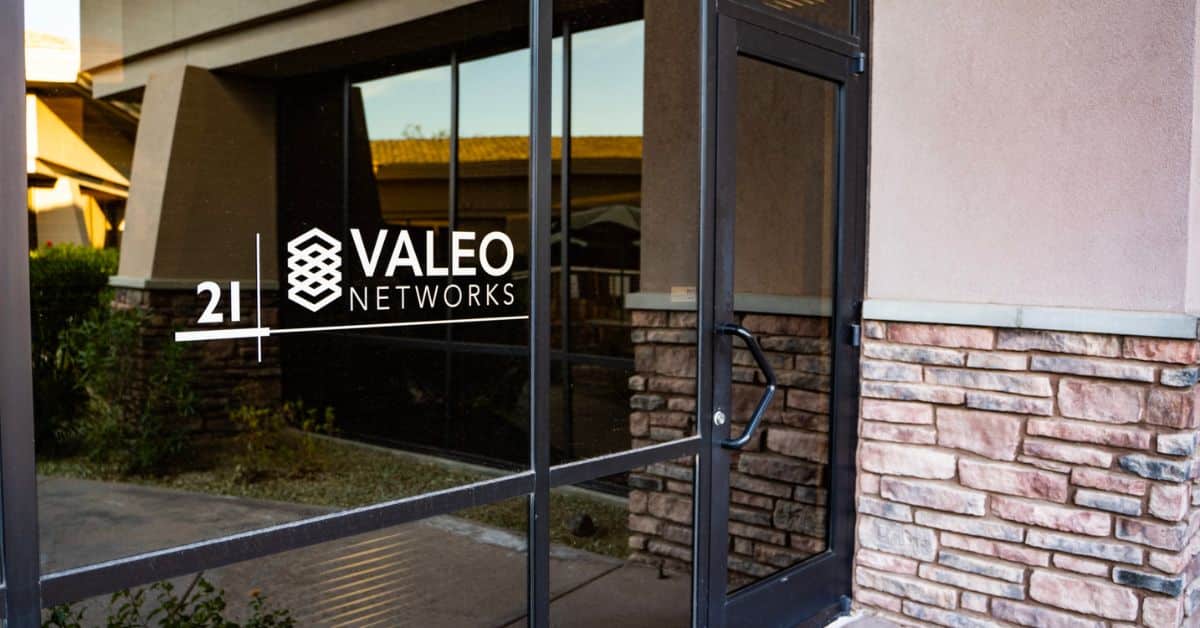Why Your Business Needs Remote Data Backups
Did you know that 60% of companies that lose their data will go out of business within 6 months of the disaster? Is your business capable of...
2 min read
Valeo Networks : Dec 21, 2016 12:00:00 AM

If you’ve read any of our recent blogs, you know how vulnerable your data is to hackers and that by not having a protection plan in place, you are at risk for losing everything, including your business.
Have you thought about the costs associated with data loss? The loss of tangible sales, client goodwill, costs for re-keying the data, as well as legal costs associated with failure to deliver on contractual obligations, potential lawsuits, etc.
Do you want to know how much at risk you actually are? Valeo Networks developed a rating system that allows you to determine your data loss risk score based on the protection and backup plans that you currently have in place.
Prior to beginning the risk assessment, there are three tasks you need to complete. This will really get you thinking about what you do and don’t have in terms of security.
First, we ask you to identify all data and IT-related functions (like credit card processing, documents on your file server, member web portal, a CRM system, critical applications, etc.) you have in place. Next, you should classify the importance of the data and functions you’ve identified. For example, is your CRM system or credit card processing data more important? Lastly, you’ll want to apply an appropriate backup and disaster recovery plan to match the value and importance of each asset.
Once you have all of the information above, move on to completing the matrix (which you can do by visiting https://bit.ly/2hA3AiS), adding up your score and determine which risk level you fit into. This process should not take longer than 30 minutes.
Low To No Risk. You either don’t have very much critical data on your computer or your backup plan is well designed. If this exercise revealed one or two areas you are NOT securing well, you now have the opportunity to resolve those areas immediately.
Medium Risk. Depending on what data is compromised, you will most likely be able to recover it without major catastrophic costs or consequences. HOWEVER, there are certain areas that are more important than others. For example, if you had sensitive data lost or stolen, the consequences from that could be extensive in the form of legal fees, lost customers, lost market share, a harmed reputation and possibly even a lawsuit.
High Risk. Your business is extremely vulnerable to various data-erasing disasters, and there is a high chance that you would NOT be able to recover it at all. It is imperative that you strengthen your current backup, security and disaster recovery plan immediately.
So why is it so crucial that you know your risk score and have a plan in place? The National Archives and Records Administration in Washington reported that 93% of companies that lost their data for 10 days or more filed for bankruptcy within one year of the disaster, and 50% filed for bankruptcy immediately. Those are some powerful numbers. Statistics are useful, but you don’t want to become one, especially in this case.
Contact Valeo Networks today to discuss multiple options for disaster recovery, including instant recovery of a crashed server. If there is a hardware/software failure, we can have your server up and running in less than 10 minutes! Call or email us anytime, at (800) 584-6844 or via sales@saalexIT.com.


Did you know that 60% of companies that lose their data will go out of business within 6 months of the disaster? Is your business capable of...

Most companies have databases with a large amount of their consumers’ sensitive information (financial data, credit card numbers, social security...

First thing’s first, what is “data integrity?”

With cutting-edge technology and quality customer service,
you’ll find everything you need to help your company soar
with Valeo Networks.
1006 Pathfinder Way
Rockledge, FL 32955
Business Hours:
M-F: 8AM-9PM
© 2025 Copyright Valeo Networks. All Rights Reserved.